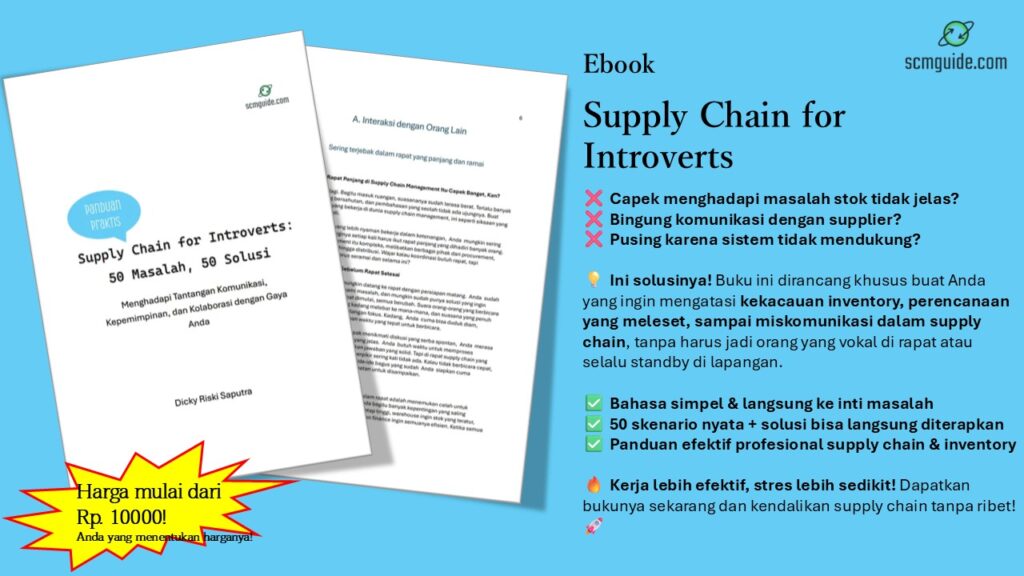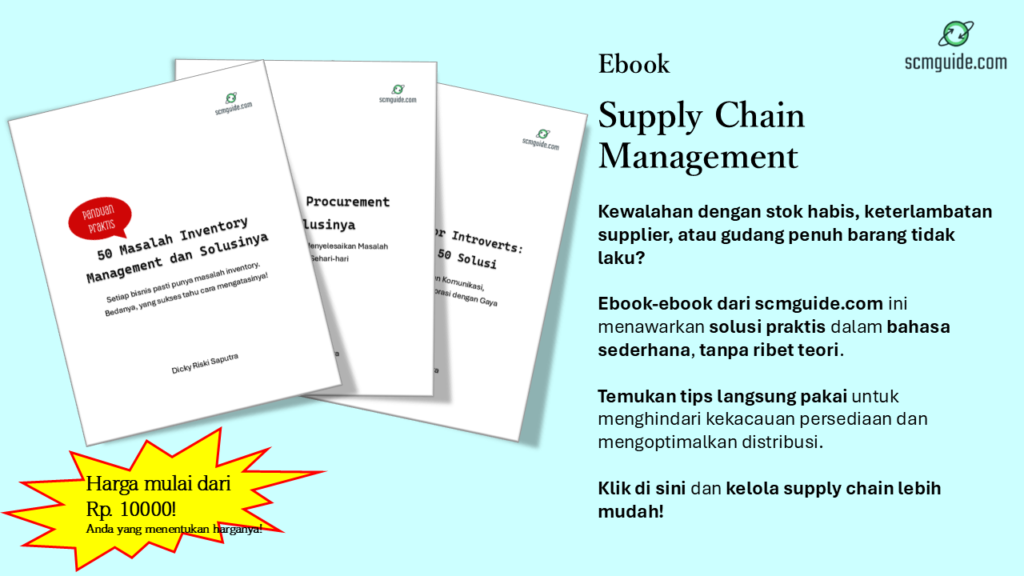Table of Contents
The Temptation of Low-Cost Labor
Imagine this. You’re running operations in a country where labor costs are low. You have a team of workers who know their jobs well. They handle production, assembly, packaging—whatever it is that keeps your business moving. Sure, mistakes happen now and then, but overall, things run smoothly. The costs? Much lower than what companies in high-wage countries pay for the same work.
Now, someone brings up automation. Robots. AI-driven processes. Advanced machinery that promises efficiency, precision, and reliability. You’re interested, but then you see the price tag. Millions in upfront investment. Integration challenges. Training costs. And the worst part? Your current manual operation is already hitting the targets for productivity, quality, and safety.
So, you ask yourself: Why fix what isn’t broken?
Before we go further into this topic, don’t forget to follow my LinkedIn account. You’ll get more helpful insights on supply chain management there.
The Real Question Behind Automation
Automation is often sold as the future. The ultimate game-changer. It removes human error, increases speed, and ensures consistency. But what if you’re already getting the results you need without it? If your current workforce is meeting quality standards, maintaining a safe work environment, and producing efficiently, why spend a fortune on automation?
That’s where the real question comes in—not whether automation is better, but when does it actually make sense?
Because let’s be honest, automation isn’t free. It requires capital investment, maintenance, and a learning curve. If your business is running well with manual labor, then automation isn’t just about improvement; it’s about necessity.
When Manual Operations Make More Sense
There are plenty of companies in low-cost labor markets thriving without automation. They balance wages, training, and process improvements to keep up with demand. They don’t rush into expensive tech just because it’s trendy. Instead, they optimize their current workforce—streamlining workflows, improving training programs, and eliminating inefficiencies.
Think about it. If your employees can deliver the same level of productivity, quality, and safety as machines, then automation isn’t an upgrade—it’s just an extra cost. Every dollar spent on automation has to justify itself with better outcomes. If you’re already hitting your targets, then you’re not upgrading. You’re overspending.
You might also like:
- The Silent Battle of KPI Monitoring in Supply Chain
- Why Your Supply Chain Will Never Be Perfect and That’s Okay
The Point Where Manual No Longer Works
But here’s where the shift happens.
Manual operations are great—until they aren’t. What happens when demand doubles? When you have to scale up production? When customer expectations rise, and small mistakes become major issues?
There’s a limit to what manual labor can handle. Productivity can plateau. Quality can suffer as workloads increase. Safety risks can grow as the pace picks up. And when that moment comes, no amount of training or process improvement will bridge the gap.
That’s when automation stops being a luxury and becomes a necessity.
Automation as a Scalability Strategy
If your business is growing and your workforce is struggling to keep up, automation becomes a tool for scalability. It allows you to produce more, faster, and with fewer errors—not because your current team isn’t good enough, but because the demand has outgrown human capacity.
Think of it like this. If you’re carrying a heavy load, you don’t need a truck if you can still manage with a wheelbarrow. But once the load gets too heavy, the wheelbarrow isn’t enough anymore—and that’s when the truck makes sense.
The same applies to automation. If your manual processes can still deliver, there’s no rush. But when they start to break under pressure, automation isn’t just an investment—it’s survival.

Are There Alternatives to Automation?
Let’s say you’re not ready to automate, but you still want to improve efficiency, quality, and safety. What options do you have?
One strategy is process optimization. Before spending on automation, companies often find that refining workflows, reducing bottlenecks, and improving employee training can bring significant gains in efficiency.
Another approach is semi-automation. Instead of a full transition to robotics, businesses can integrate selective automation—such as automated inspection systems or AI-driven quality control—while keeping manual labor for tasks that require human judgment and adaptability.
Then there’s lean manufacturing, where businesses minimize waste and maximize efficiency using systematic improvements rather than expensive technology. Many companies have found that simply reducing inefficiencies in their manual operations allows them to delay automation for years.
You might also like:
- Feeling Overwhelmed by Supply Chain Chaos? Here’s How an Action Plan with Milestones Can Save You
- Why Your Production Planning Keeps Failing and How to Fix It
The Hidden Costs of Automation
While automation is often seen as a one-time investment that reduces long-term costs, the reality is more complex. There are several hidden costs that many companies overlook:
- Implementation and Integration: Automating a process isn’t as simple as purchasing a machine and plugging it in. It requires changes to existing workflows, IT integration, and often, redesigning the way work is done.
- Maintenance and Upgrades: Machines break down. Software needs updates. Over time, the cost of keeping an automated system running can add up significantly.
- Training and Workforce Transition: Employees need to be retrained, and in some cases, redeployed or let go. The cost of this transition—both financially and culturally—can be high.
- Flexibility Loss: Humans are adaptable. Machines are not. If your production needs change frequently, automation might limit your ability to pivot quickly.
When Should You Pay the Price for Automation?
The question isn’t whether automation is worth it. It’s whether you actually need it right now.
If your manual operations are keeping up, automation might just be an unnecessary expense. But when demand rises, errors increase, and productivity hits a wall, that’s when the cost of automation becomes a price worth paying.
Until then, the smartest move isn’t rushing into automation—it’s knowing exactly when to make the switch.
Final Thoughts
Automation isn’t a one-size-fits-all solution. It’s a strategic tool that should only be used when the conditions are right. If your business is still performing well with manual labor, the best investment might not be in machines, but in refining your current processes. However, if you’re struggling to keep up with growth, automation could be the key to staying competitive.
So, is automation worth the cost? The answer depends on whether it solves a real problem—or just adds an unnecessary expense to your balance sheet.
I hope you find it helpful!
Please share this article with your colleagues so they can also benefit. For more insights on supply chain management, follow my LinkedIn account. You’re free to use all articles on this blog for any purpose, even for commercial use, without needing to give credit.

 by
by 

